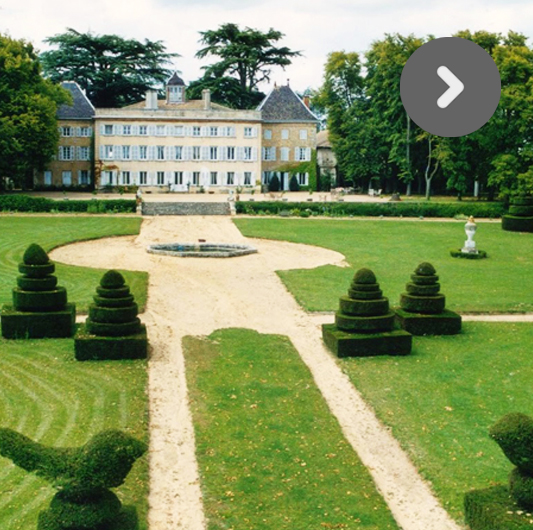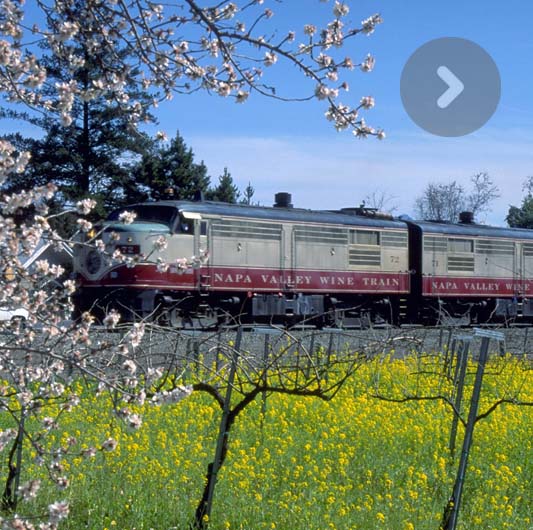Andlau

Rémy Gresser Estate. Rémy Gresser is the chair of the CIVA, the Interprofessional body for Alscace winemakers. Rémy, as demonstrated by his work on the estate certified organic by Ecocert, advises and promotes wine tourism and biodynamic cultivation methods. Tourists visiting the Alsace can see this through the perfect pairing of local dishes with naturally produced wines. The Domaine Gresser 2009 blend in pinot gris, the former “Tokay” appellation now the preserve of Hungarian wines, is an honest and elegant wine which unveils all the savours of the dishes elegantly. 2 rue de l’école, 67140 Andlau. www.gresser.fr
Marronniers estate. Guy Wach and his wife Marta, a native from Poland, have transformed the Marronniers estate into a nice place to welcome guests and visitors that come to enjoy their wines. There are three Grand Crus Classés on the tasting list: Riesling Kastelberg, Wiebelsberg and Riesling Moenchberg. Another one to know in the range is the Muscat Andlau, very powerful on the nose with aromas of fresh grapes. The dry pinot gris is rich and complex with notes of slightly smoked fruit and the Riesling VT Grand Cru Wichesberg 2001, the first vintage vinified by Guy Wach. www.guy-wach.fr
Epfig
André Ostertag Estate. UAndré Ostertag is an atypical character in the wine world of the Alsace, a creator of wines, most of it by hand. He has continued to bring poetry to his winemaking ever since he took over the estate in 1980, going back to traditional and natural production methods. 15 hectares over 5 villages and over 80 plots, “vine gardens” as they are called. His wife Christine composes music and draws. Works that provide a base for the labels of each vintage for bottles that are highly unique. The 2007 Riesling Clos Mathis with its bright, yellow absinth coloured robe, is as pure as the stone and round on the palate. The 2008 Riesling Grand Cru Muenchberg starts with strong floral notes and goes towards white fruits with an extraordinary roundness on the palate, the premise of a great white wine in a few years time. 87 rue Finckwiller. Tel.: +33 3 88 85 51 34.
Dambach-La-Ville
An important touristic landmark, the medieval city, dedicated to the wine trade, counts sixty or so winemakers who primarily produce Riesling and Gewurztraminer.
Ruhlmann Estate. Take the tourist train for a guided tour and commentary of Dambach-la-Ville and its vineyards with the wine grower. Tel.: +33 3 88 92 41 86. www.ruhlmann-schutz.fr

Florian Beck-Hartweg Estate. A young wine grower who stands by the Tyflo association, strong of his convictions on the management of his vineyard. An integrated wine growing process following methods that go beyond the Terra Vitis model. Protective hedges, grass growing in between the rows, manual harvesting and pressing of whole grains.. Nature is left to run its course so the wine can express itself without interference. Five and a half hectares of plots on a granite soil with a Grand Cru taking up 25% of production. All seven grape varieties are represented on his estate and the wines are sound and express themselves naturally.
« Welcome to the farm » ! An independent wine grower, if Florian isn’t out among the vines, you’ll find him welcoming you humbly to his farm to take you round the vineyard and taste his authentic wines. 5 rue Clemenceau, 67650 Dambach-la-Ville
Tel : +33 6 37 88 47 43 www.beckhartweg.free.fr
Kintzheim
André Blanck & sons Estate. A historical estate, which was once in the hands of the Chivalry Order of St Jean in the XIIIth century, and is now under the ownership of the Blanck family. André and his sons Michel and Charles cultivate and produce their wines from the vineyards surrounding the village. A well-known territory, the Schlosseberg, and the first Grand Cru classified in the Alsace. Here, the Riesling reigns supreme. A well balanced wine that blends freshness, fruit and depth. The estate’s Renaissance château was once the home of the illustrious Schwendi, Charles-Quint’s Imperial Army General. It is Schwendi who brought back the plan for Tokay (Riesling) from his campaigns in Hungary. Visits of the old XVIth century cellar and tastings. Ancienne Cour des Chevaliers de Malte. Tel.: +33 3 89 78 24 72.
La Volerie des Aigles. The medieval castle is the set and home to the famous show La Volerie des Aigles, which stages the most beautiful daytime and night time birds of prey. A fascinating show for all ages. The park and garden are stunning. Tel.: +33 3 88 92 84 33. www.voleriedesaigles.com
Haut-Koenigsbourg castle. Walking over the draw bridge and into the fabulous curtilage will remind you of scenes from the cult film “La Grande Illusion” by Jean Renoir, which was filmed in 1930. The fortress also provided the setting for Jacques Becker’s Arsene Lupin film in 1956.
Constructed in the XIIth century as a mark of the power of the warlords and to impress rivals, it is indeed quite impressive. From the top of its eagle’s nest, it was the witness to European conflicts and rivalries between warlords over many centuries. In the mist, it gives the illusion of being an impenetrable fortress. It was however brought under siege, partly burnt down and abandoned. The ruins are classified historical monument and offered to Emperor William IInd in 1899 by the town of Sélestat. The Emperor, a true Hohenzollern, decided to restore it to mark his territory. A guided tour comes highly recommended. Tel.: +33 3 88 82 50.www.haut-koenigsbourg.fr

Saint Hippolyte
At the foot of the castle, lies a small city, surrounded by medieval fortifications from the VIIth century, founded by Charlemagne’s arch-chaplain and renowned for its red, the « Saint Hippolyte red » that comes from the pinot noir grapes.
François Bléger estate. An estate that truly enjoys cultivating the «Saint Hippolyte red». Its 2008 vintage develops all the characteristic aromas of cherry, raspberry and redcurrants underwritten by a wooded note. The residence with its half-timbered courtyard and guest house is imposing and dates from 1631. Tel.: +33 3 89 73 06 07.
Bergheim
The city has kept its walls, fortifications from the XIVth century and coloured and flower covered houses typical of the Alsace. A town that bore witness to the attacks of Charles the Bold in 1470 and provided a stage for the big witch trials in the Middle-Ages.
The Witches House. Opened in 1997, it recalls the 40 witchcraft trials held between 1582 and 1683, through a series of archives and illustrations. Place de l’Eglise. Tel 03 89 73 31 98.
Marcel Deiss Estate. Jean Michel Deiss is today responsible for the destiny of the great wines of this 27 hectare family estate over 9 localities and split into 320 plots. The extreme variety in the location of the vines allows him to find and obtain the perfect balance for each one of his vintages. His range includes Fruit wines, popular and to be enjoyed straight away; Timed wines from late harvests that express all the potential of concentrated noble rot; Terroir wines, the Grands Crus from the Alsace: Mambourg, Altenberg and the Schoenenbourg, which is listed as one of the top French white wines. Wines that are enjoyed the world over. www.marceldeiss.com

Sylvie Spiellmann Estate. A woman in tune with her land and what land! Her estate is located on gypsum soil and produces an organic wine, unique in the Alsace! After studying the Champagne and Bourgogne, Sylvie went to Australia and California. She came back strong from the experience. She finds happiness here, amongst her vines. An 8 hectare vineyard whose roots lay in old gypsum quarries mined since the Middle-Ages and afford her wines personality and originality. A biodynamic convert, Sylvie ploughs some of her plots and old vines with work horses. She uses natural compost. Her “Old Vines” Riesling is wonderfully mineral. Fascinated by the history of Bergheim, she created the «Witch of Bergheim », a collector’s box with a selection of 6 of her crus. Welcome to the Estate, Sylvie blends Art and Wine and lends the walls of her exhibition hall to painters for private views and organises gourmet pairings with wine and cheese, standing tasting sessions and private wine tastings as well as open days throughout the year. Do go have a look at her website to find out more. 2, route de Thannenkirch. 68750 Bergheim. www.sylviespielmann.com
![]()
L’Auberge des Lavandières. Washerwomen would gather by the communal washhouse as early as the XVIth century to wash their clothes and gossip. What we do at the Auberge is somewhat similar, appease one’s thirst and feed oneself. Every summer, Nathalie and Frédéric Ancelot lay the tables along the water and one’s mouth starts watering at the mere thought of the flammenkuche with Munster cheese, the Kougelhoph or the blueberry crumble. 48 Grand’Rue. Tel.: +33 3 89 73 69 96.








